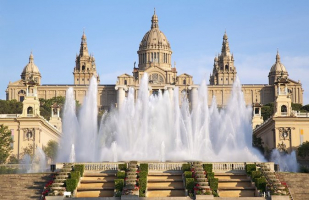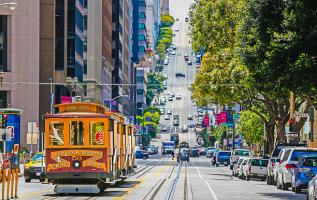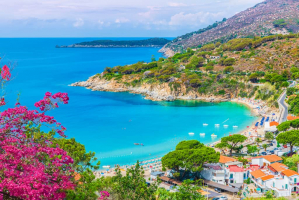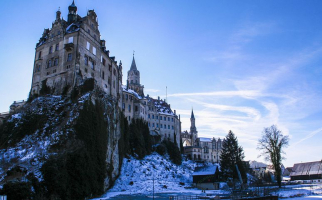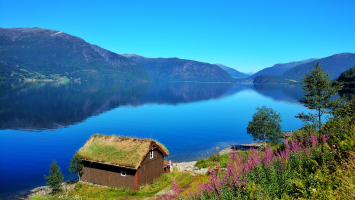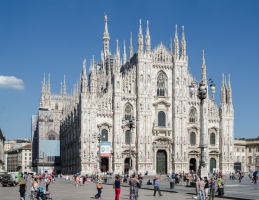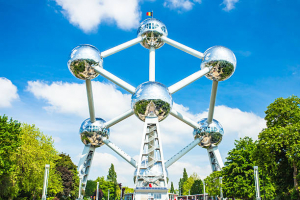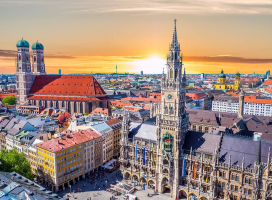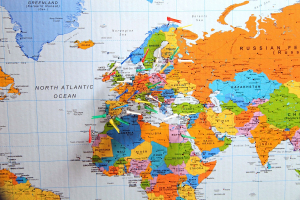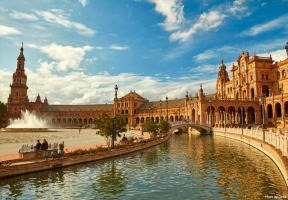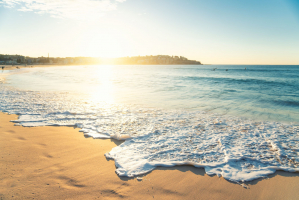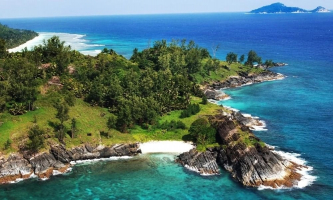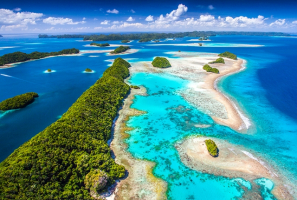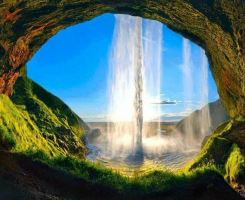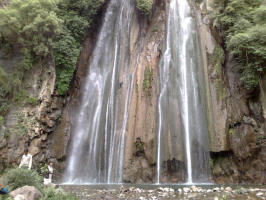Top 9 Most Beautiful Greenhouses in Europe
Greenhouses are incredible structures. They aid with the transport of cultivated plants from around the world to Europe. Greenhouses are historic sights to ... read more...explore and enjoy. Throughout the ages, Europe's greenhouses have continued to provide the public with a scientific picture of the natural world, allowing people to comprehend and learn about the great diversity of plant species found on the European and global continents. Let's find out the most impressive greenhouses in Europe.
-
The Royal Greenhouses of Laeken are a massive network of colossal, heated greenhouses in the garden of the Royal Palace in Laeken, Belgium. There are tropical, subtropical, and cold greenhouses in the historic complex. Alphonse Balat planned and built the greenhouses for King Leopold II. They are currently part of the Royal Domain and the Belgian Royal Family's royal private gardens and are open to the public just a few days a year. The Stuyvenbergh metro station on Brussels Metro line 6 serves this location.
The Winter Garden of the palace at Laeken is still used for royal receptions. Every year in the spring, at the desire of King Leopold II, the greenhouses are partially opened to the public for twenty days. This custom has been continued by all subsequent kings. Today, the greenhouses are occasionally utilized for modern art exhibitions and installations, such as Alexandre Dang's The Dancing Solar Forget-Me-Not for the International Day of Missing Children in 2010 (in collaboration with Child Focus).
The Royal Greenhouses of Laeken are one of Belgium's most important 19th-century landmarks. They were totally made of metal and glass, which was a fantastic novelty at the time (as was the Crystal Palace in London). This structure appears to be a glass metropolis located amid a mountainous setting. It is distinguished by massive pavilions, glass domes, and vast galleries that flow across the countryside like covered streets. This massive facility has a total floor area of 2.5 hectares. Each year, around 800,000 gallons of fuel oil are used to heat the buildings.
The round-domed Winter Garden, with a circumference of 57 meters and a height of 25 meters, is constructed up of a series of concentric cast iron trusses that are supported halfway through their span by a round Doric colonnade. The trusses' starting and ending points are on the ground, giving the greenhouse the appearance of a glass dome supported by flying buttresses. Because of its massive size, Congolese palm trees might be planted in the rotunda. The Winter Garden, the complex's primary structure, was equally significant in the development of cast-iron architecture.
Location: Laeken, Belgium
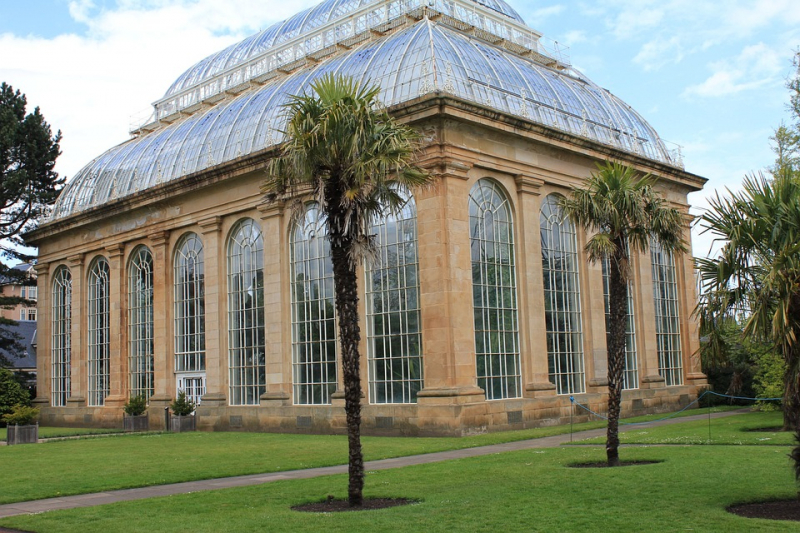
Photo by bluebudgie on Pixabay 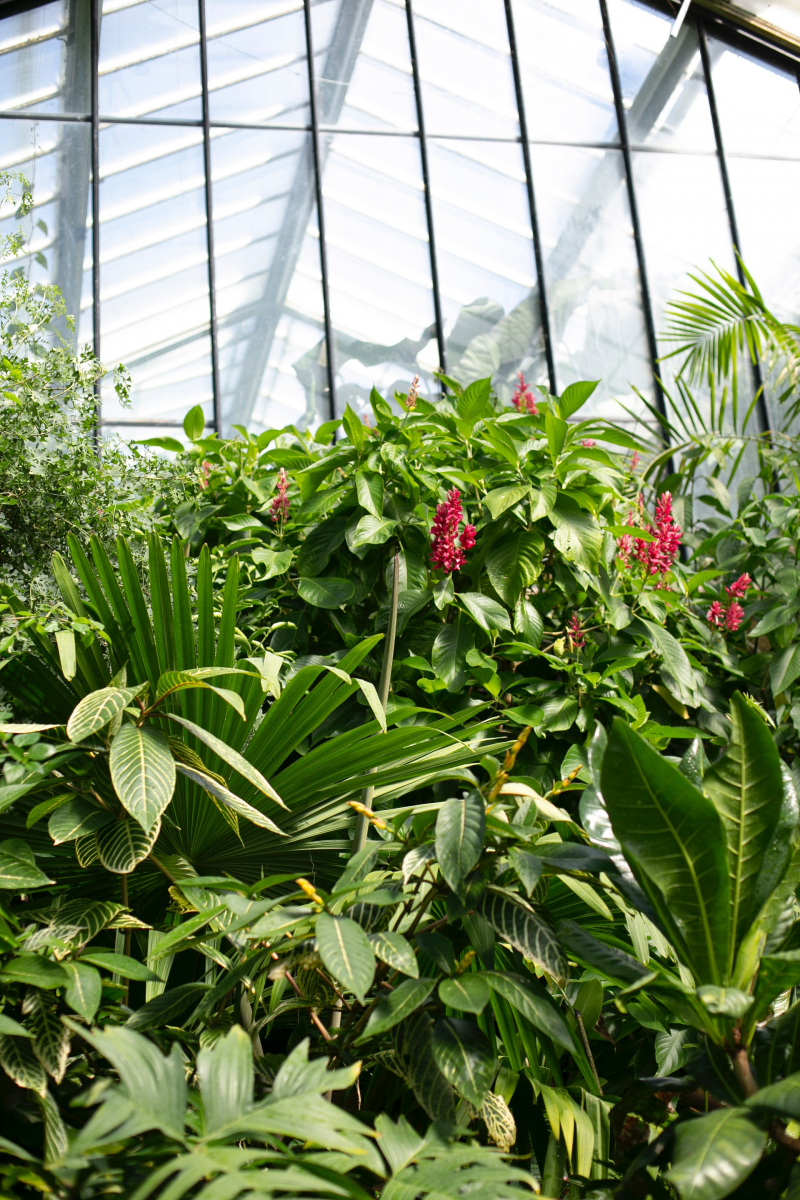
Photo by Evie Fjord on Unsplash -
The Palacio de Cristal ("Glass Palace") is a conservatory in Madrid's Buen Retiro Park. The Palacio de Cristal, shaped like a Greek cross, is nearly entirely composed of glass, mounted in an iron structure on a brick base adorned with ceramics. Its cupola raises the building to almost 22 meters in height. When it was built, large-scale glass and iron construction was already visible in Madrid at Delicias station (1880), the work of a French architect; however, the curved architecture of the Palacio de Cristal is more comparable to the techniques pioneered by British architects Joseph Paxton (who was responsible for London's Crystal Palace) and Decimus Burton (who was responsible for the Palm House at Kew Gardens). The Palacio de Cristal was one of the principal venues of the 1887 Philippines Exposition, along with the Pabellón Central.
Bilbao is where the cast-iron frame was made. The construction was built in such a way that it may be re-erected on another site (as happened to the equivalent building in London). The structure, on the other hand, has stayed on its original place, adjacent to a lake, and has been restored to its former look. It is no longer utilized as a greenhouse, but rather for art shows. You can see how this architectural style provides a wonderful bright room from the inside. There is an open space with no rooms or décor, making it ideal for displays.
Although the Crystal Palace is particularly lovely from the outside, the interior is equally worth seeing. Remember, especially if there is a temporary display, that admission is free. The hours of operation vary based on the season and the amount of sunshine. The Palace is open from 10 a.m. to 9 p.m. from April to September; 10 a.m. to 7 p.m. from October to March; and 10 a.m. to 6 p.m. from November to February.
Location: Madrid, Spain
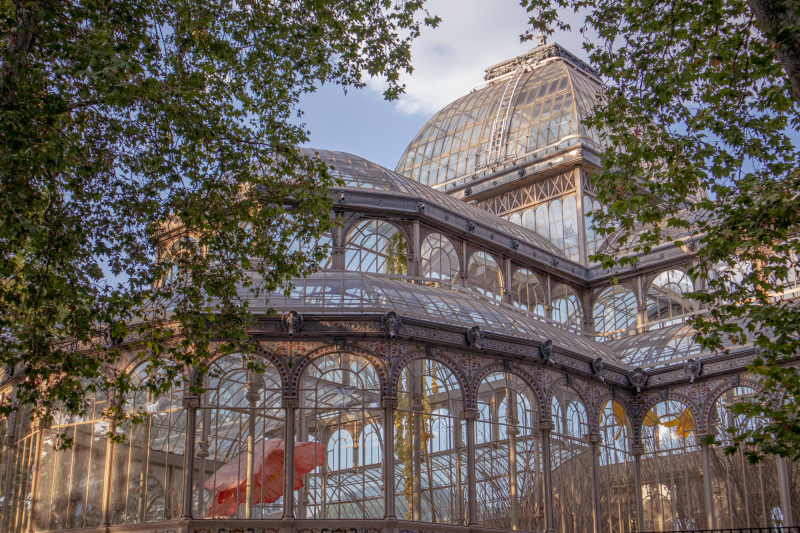
Photo by Eduardo Rodriguez on Unsplash 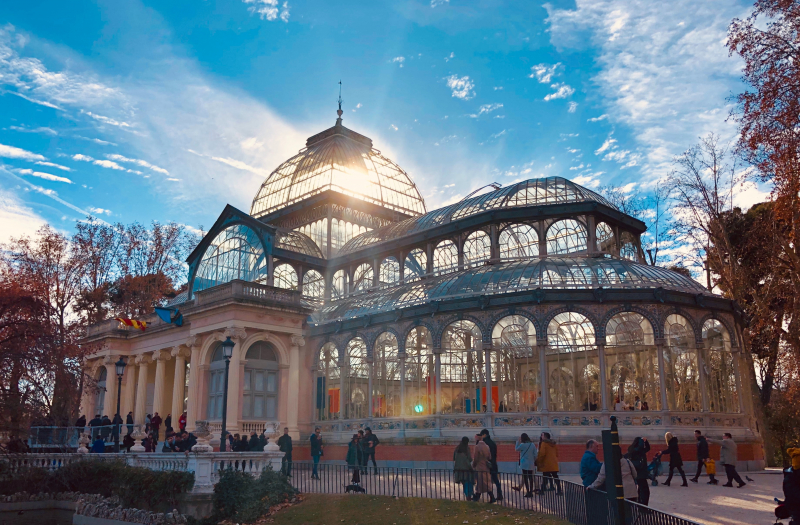
Photo by Maximilian Vitzthum on Unsplash -
According to experts, Kew's Palm House is the world's most important surviving Victorian iron and glass edifice. It was built to house the exotic palms that were being collected and imported to Europe in the early 1800s. The project was groundbreaking since it was the first-time engineers employed wrought iron to span such wide spans without the use of supporting columns. This method was adapted from the shipbuilding industry; from a distance, the glasshouse seems to be an overturned hull. As a consequence, there was a huge, bright, high area that could easily fit the tops of large palm trees.
The Palm House was the first large-scale glasshouse constructed. It was built in 1844 by Richard Turner following Decimus Burton's plans. To realize the ambitious concept, architects adopted technology from the shipbuilding industry, which may explain why the Palm House resembles an overturned hull of a ship. Inside the Palm House, you may go to the depths of the rainforest, where the air is thick and packed with lush flora. As you go through, you'll come across rainforest gems like the world's oldest pot plant and the disease-fighting periwinkle. Many of the plants in this collection are threatened or extinct in the wild. Others, such as the rubber tree, African oil palm, and cocoa tree, provide enormous value to cultures all over the world in the form of fruit, lumber, spices, or medicine.
Rainforest plants comprise only 2% of the world's surface yet account for 50% of all species, making them critical to the survival of life on Earth. The Palm House collection is used by Kew experts for research into medicine and sustainable agriculture. The Palm House, a living laboratory dedicated to the Earth's tropical areas, allows you to experience the wonder of the jungle firsthand.
Location: London, England
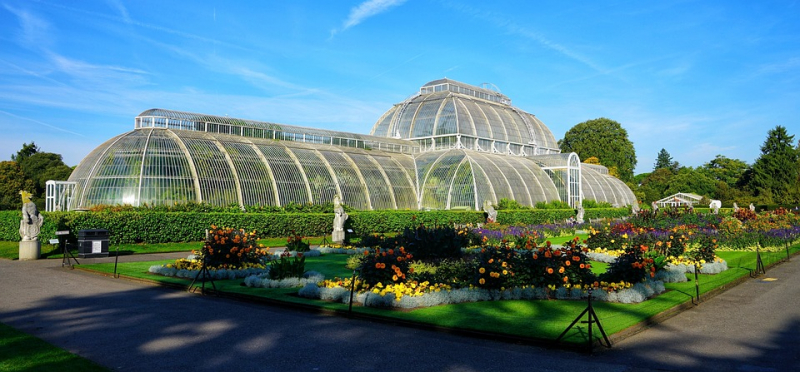
Photo by RichardMc on Pixabay 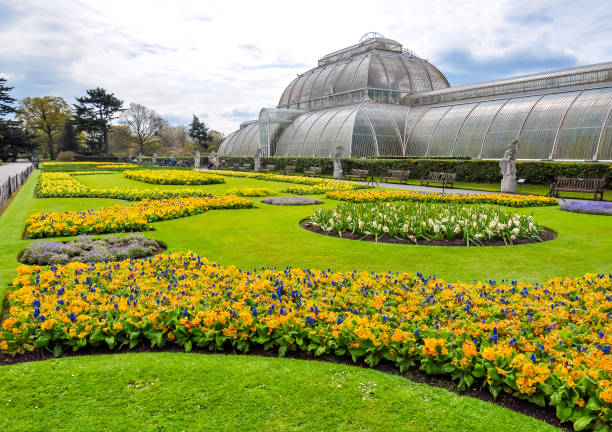
Photo by T3W_boston on Pixabay -
In the summer, it's a sea of flowers; in the winter, it's tropical evenings. The Botanic Garden in Berlin will introduce you to the amazing world of plants. Adolf Engler, the first director of Berlin's contemporary Botanic Garden, set out to construct "the world in a garden" in 1889. Today, you may marvel at his magnificent work, which includes a rich diversity of plants ranging from herbaceous and medicinal plants to roses, aquatic and marsh plants, an arboretum with American trees, an Italian garden, an astonishing art nouveau Tropical Greenhouse, and much, much more. The Botanic Garden in Berlin is one of the world's premier gardens, with a collection of 20,000 plant species blossoming on site - a magnet that draws over 500,000 people each year.
Guests may wander and explore the Botanic Garden's 43 hectares. The garden, designed by architect Alfred Koerner between 1897 and 1910, is divided into three sections: the Arboretum (woody plants and rose collection), plant formations from similar geographical regions around the world, and a section dedicated to systematic botany, which contains approximately 1500 plant species. The iconic Tropical Greenhouse is a stunning example of late-nineteenth-century art nouveau glass and steel design. It stands 25 meters tall and is located on the garden's eastern side, towering over the other 14 exhibition greenhouses that surround it.
The Botanic Garden in Berlin also houses the first museum in Central Europe dedicated completely to botany. The old royal plant collection has been housed in the Botanical Museum since 1906. This collection has slowly grown to encompass a magnificent range of models displaying plant components ordinarily undetectable to the naked eye - even a whole forest in a shoe box! You can also learn which plants were provided as funeral items in the Egyptian Pharaohs' graves.
Location: Berlin, Germany
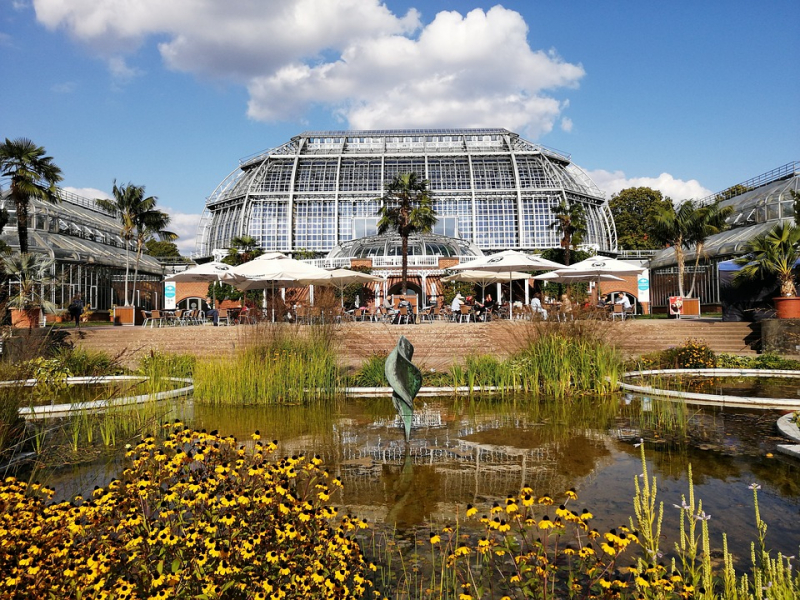
Photo by Didaktikfuchs68 on Pixabay 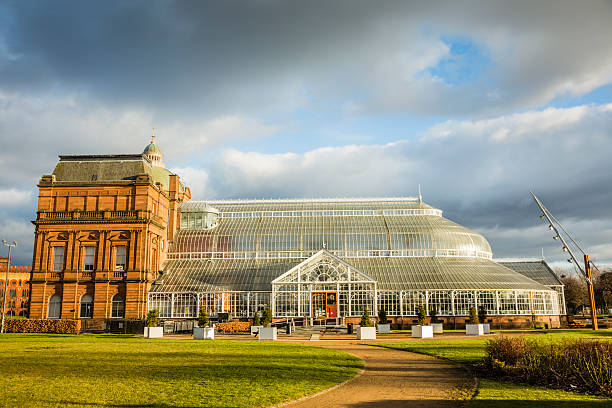
Photo by JokePraxis on Pixabay -
The Copenhagen Botanical Garden is a peaceful oasis nestled near the always-busy commuter hub of Nrreport. With over 13,000 plant and tree species, the 10-hectare (25-acre) garden is Denmark's biggest collection of live plants. The garden was initially constructed in 1600, although it was relocated twice until being granted its current position in 1870. The garden was designed in 1874. The group of 27 glass cottages is really beautiful. Dare to go up the 16m tall narrow cast-iron spiral staircase within the Palm House, which was built in 1874. The garden also contains a unique air-conditioned greenhouse that can recreate Arctic plant habitats.
There is also a growing house, a flower store, a café, and a butterfly house in the garden (small entry fee). The butterfly house is only open during the summer, allowing visitors to get a close look at the butterflies' remarkable life and transformation. The Botanical Garden has walking pathways, an alpine rock garden, a rhododendron garden, a lake where turtles may be seen, and various greenhouses with tropical and exotic species. The Palm House is a 19th-century glass greenhouse that houses a jungle of plants from all over the world. During the warmer months, guests may see and interact with live butterflies at the Butterfly House. The Palm House (including the Butterfly House when it is open) has a cost, however the botanical garden's outside areas are free to view.
Location: Copenhagen, Denmark
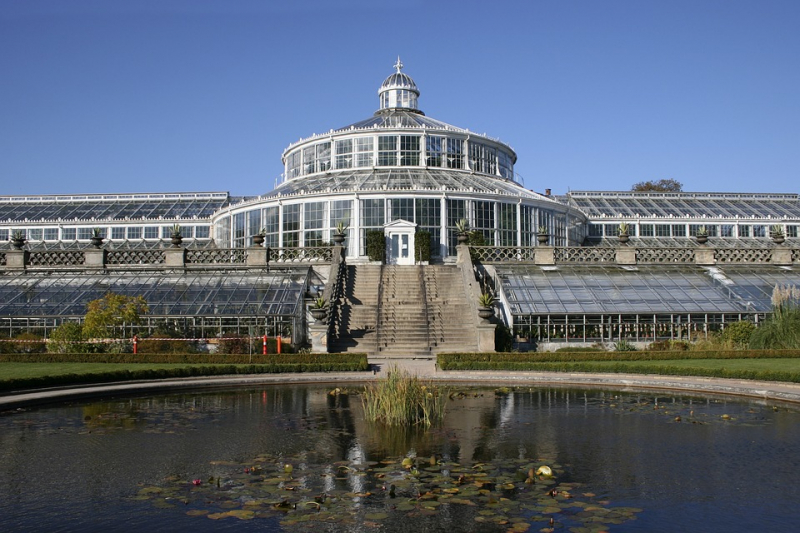
Photo by rehak2 on Pixabay 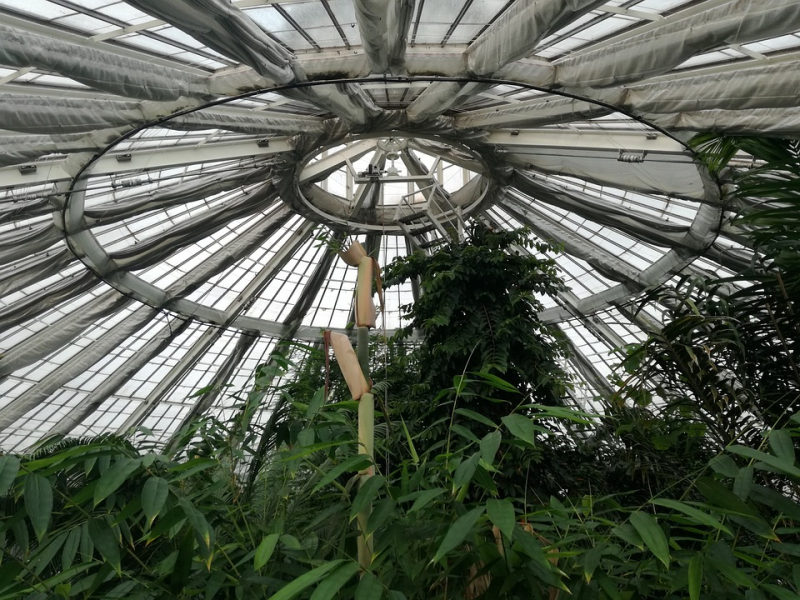
Photo by mrmortenthygesen on Pixabay -
One of Helsinki's most popular visitor attractions is the Kaisaniemi Botanic Garden. The park is located in the city center, and its glasshouses and surrounding grounds provide nature enthusiasts with a unique experience all year. The glasshouses of the Kaisaniemi Botanic Garden add a tropical wind to the week's routines. The lush Rainforest House displays the coffee bush and the strangler fig, while the Palm House displays not just the world's largest seed, but also an excellent collection of orchids. The outdoor garden entices visitors to explore the world of plants.
The middle garden, an open area with ponds and flowers flanked by glasshouses and rose bushes, is possibly the most appealing portion of the grounds in the summer. The Kaisaniemi botanical garden also hosts events with a variety of subjects. The outdoor garden, which spans around four hectares, entices visitors to explore the world of plants. The middle garden, an open area with ponds and flowers flanked by glasshouses and rose bushes, is possibly the most appealing portion of the grounds in the summer. In the centre of the garden, a medieval stone edifice envisioned as the king's castle today houses an herbarium. Ten public glasshouses provide a view into the plant life of arid deserts, lush rainforests, and tropical wetlands.
The Victoria cruziana (Santa Cruz water lily), which survived World War II bombardment and now dominates the brilliant and tropical Waterlily Room, is the glasshouses' main attraction. The lily pad may grow to be over two meters in diameter and can support the weight of an adult human. The enormous water lily is an annual plant that has survived the gloomy Finnish winter in the glasshouse on occasion. However, as Christmas approaches, the water lily withers, and the fresh seedling is put in the pond's bottom soil around March.
Location: Helsinki, Finland
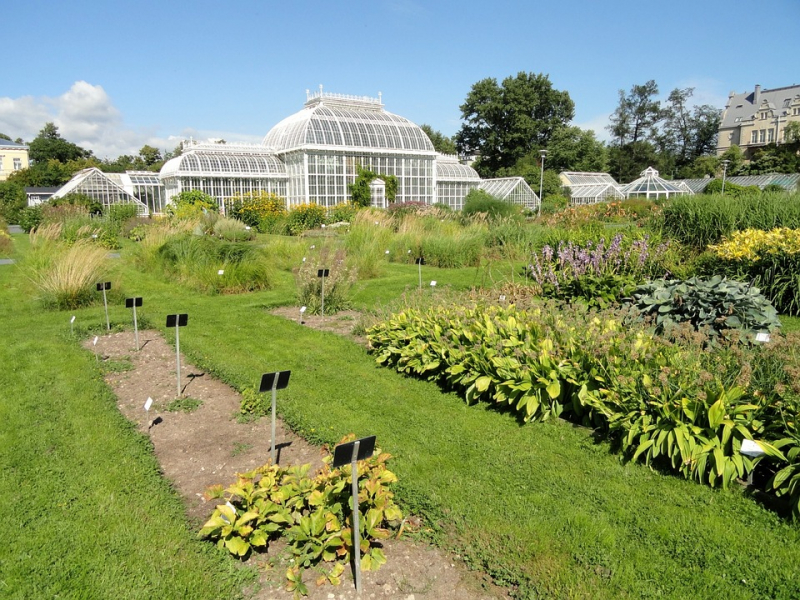
Photo by 12019 on Pixabay 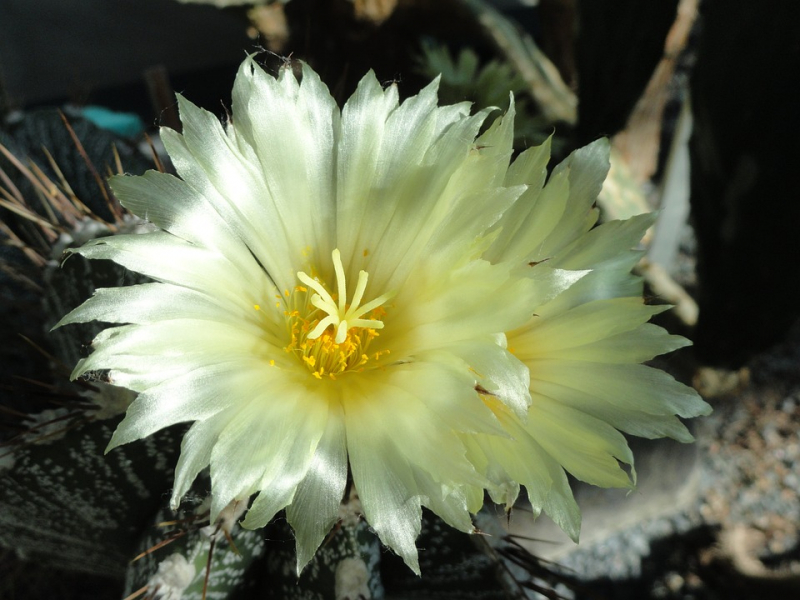
Photo by WikimediaImages on Pixabay -
The Eden Project is a tourist site in Cornwall, England, United Kingdom. The project is housed in a reclaimed china clay pit two kilometers from the village of St Blazey and five kilometers from the bigger town of St Austell. The complex is characterized by two massive enclosures made up of contiguous domes that host thousands of plant varieties, each of which mimics a natural biome. Hundreds of hexagonal and pentagonal ethylene tetrafluoroethylenes (ETFE) inflated cells are supported by geodesic tubular steel domes in the biomes. The bigger of the two biomes replicates a rainforest environment (and is the world's biggest indoor rainforest), while the smaller one resembles a Mediterranean atmosphere.
The site also contains an outdoor botanical garden with many plants and species endemic to Cornwall and the UK in general; it also has many plants with an important and intriguing past, such as those with a prehistoric origin. There are proposals to construct an Eden Project North near Morecambe, Lancashire, with an emphasis on the maritime environment. The concept was first conceived in 1996, with building commencing in 1998. The construction was impeded in the early months of the project by torrential rain, and portions of the pit flooded since it is 15 meters below the water table.
Once inside, there is a meandering road with views of the two biomes, cultivated landscapes, including vegetable gardens, and sculptures such as a huge bee and previously unidentified animals. The WEEE Man, a towering figure fashioned of outdated electrical equipment that was designed to symbolize the typical amount of electrical trash used by one person in their lifetime. Throughout the year, the Core hosts art exhibitions. The anteroom is occupied by Peter Randall-permanent Page's exhibit Seed. Seed is a 70-tonne egg-shaped stonework that stands 13 feet tall and has a complicated pattern of protrusions based on the geometric and mathematical concepts that govern plant growth.
Location: St Blazey, Cornwall, England, UK
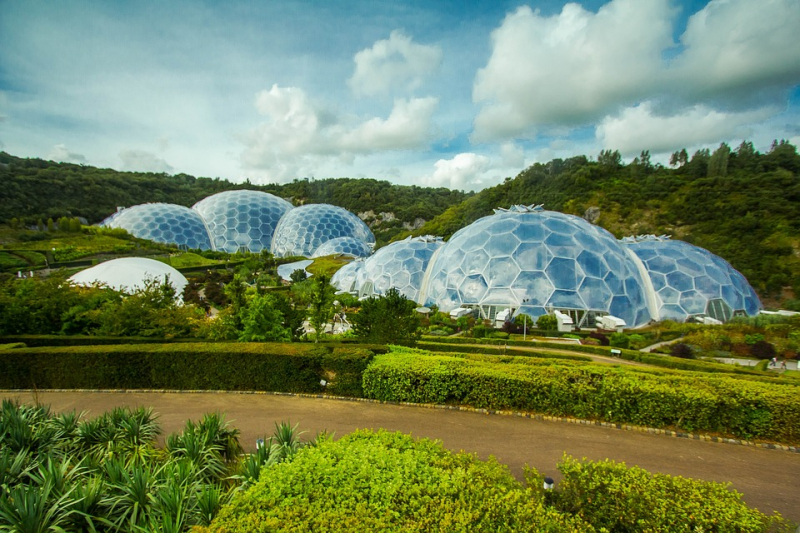
Photo by diego_torres on Pixabay 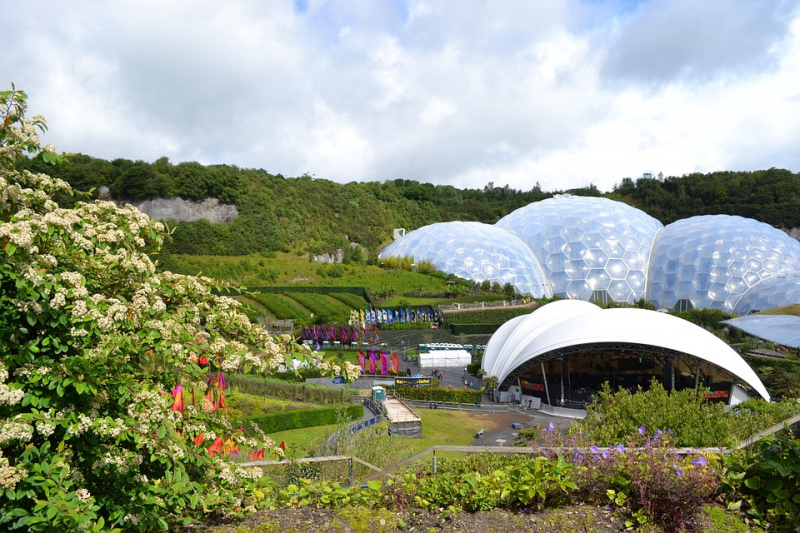
Photo by Penstones on Pixabay -
One of the largest temperate glasshouses developed in the UK in the previous century has created a magnificent green paradise in the city's core. The Winter Garden, located near the Peace Gardens and the Millennium Galleries, offers tourists a one-of-a-kind experience in the city center. There are around 2,500 plants from all over the world in this spectacular exhibit. The structure is 70 meters long and 22 meters tall (big enough to fit 5,000 residential greenhouses!). It is one of the largest temperate glasshouses to be built in the UK during the last hundred years, and the largest urban glasshouse anywhere in Europe.
The structure has a minimum frost protection of 4 degrees Celsius and is one of the largest Glued Laminated Timber or "Glulam" structures in the UK (Glulam is made by forming and gluing strips of timber into specific shapes). The wood used is Larch, a long-lasting wood that will eventually develop a pale silvery grey color. Larch from sustainable forests does not require any preservatives or coatings. This decreases the usage of solvents while also avoiding the use of potentially harmful substances. It contains a sophisticated Building Management System that manages fans and vents to keep the plants cool in the summer and warm in the winter. The machine will "learn" over time. The bedding plants are changed five times a year to provide a seasonal variation, and all of the plants are watered using a hose or watering can, since this is the only way to ensure that all of the plants receive the proper quantity of water.
Location: Sheffield, England
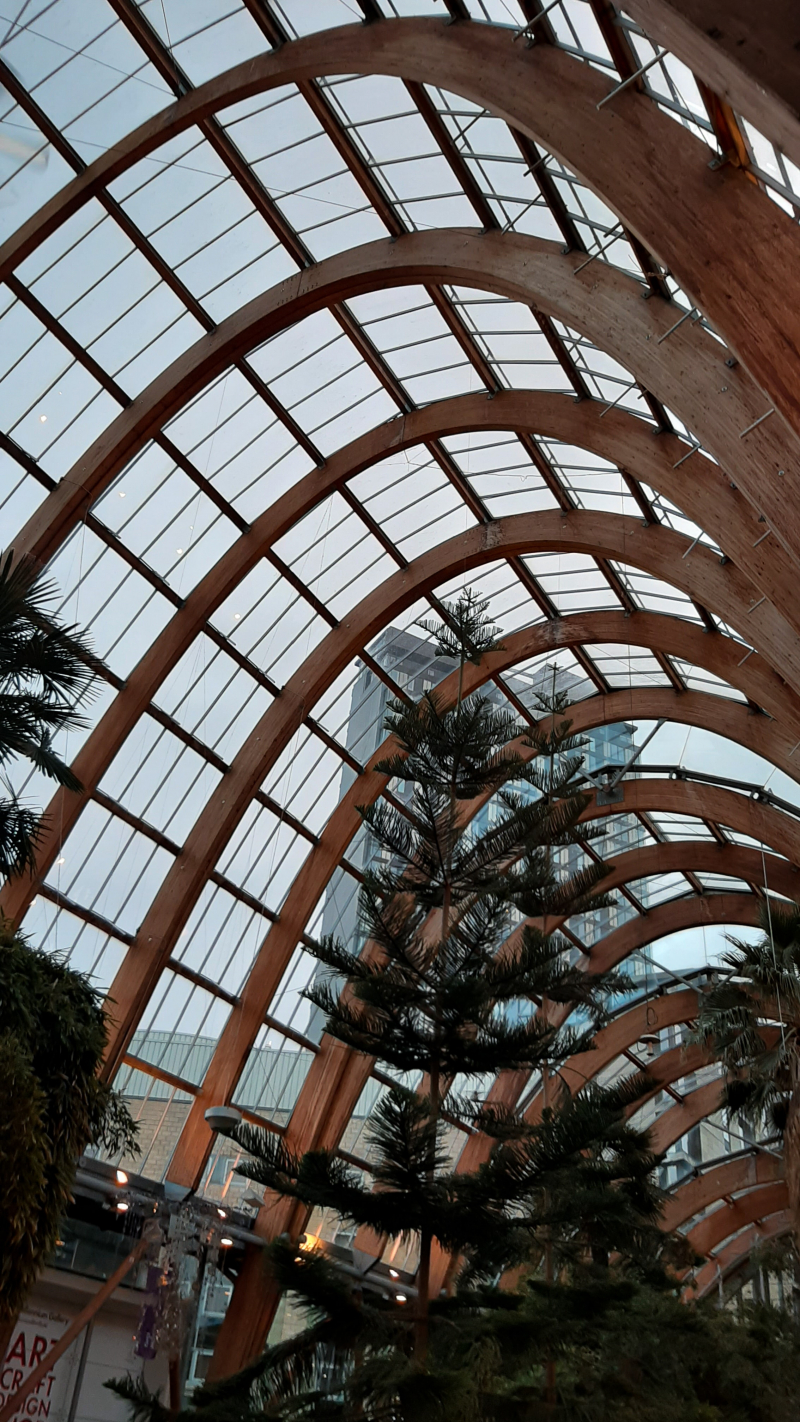
Photo by Mark Stuckey on Unsplash 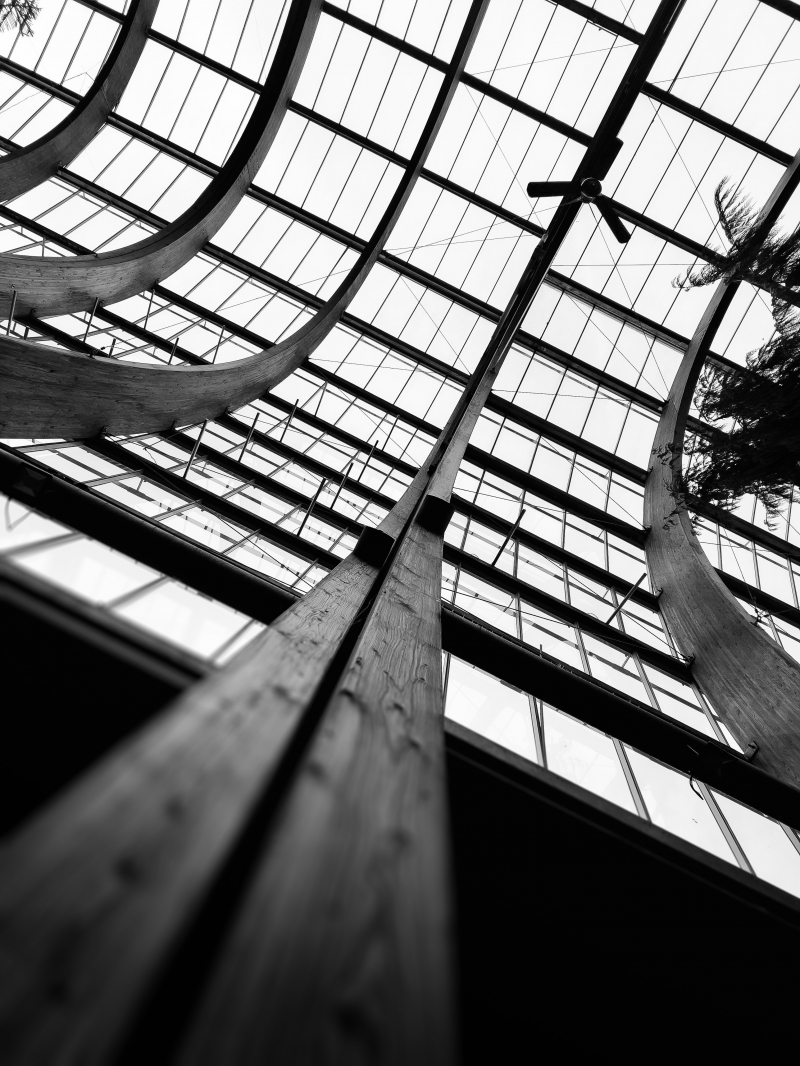
Photo by Mike Hindle on Unsplash -
This magnificent dome is the world's biggest single-span great glasshouse. The Great Glasshouse, designed by Foster & Partners, sits like a huge raindrop on the Welsh countryside. It is home to some of the world's most endangered plants, which come from six different regions: California, Australia, the Canary Islands, Chile, South Africa, and the Mediterranean Basin. Each of these geographical locations has Mediterranean climate zones. Hot, dry summers, chilly, damp winters, blinding sunlight, strong gusts, and the odd ground-clearing fire all combine to produce ideal circumstances for many plants to thrive in the scrubby, rock-strewn environments.
Despite covering less than 2% of the Earth's surface, these places contain more than 20% of all known flowering plant species, and their richness and plant variety are second only to tropical rainforests in importance. Unfortunately, modern human advancements in agriculture, tourism, housing, and, increasingly, climate change pose a major threat to these plants. At first look, it is difficult to tell that the plants in the Great Glasshouse are from six different countries. This is because they typically share many characteristics, such as thin leathery evergreen leaves and thick shrubby shapes, as a result of adapting in comparable ways to the same environmental constraints.
The innovative flowing environment within the Great Glasshouse on which these plants grow was developed by Kathryn Gustafson. Its rocky terraces, sandstone cliffs, and gravelled scree slopes cover 3,500 square metres and are sculpted to replicate the natural environment and produce a diverse range of habitats, balancing sun and shade and altering moisture levels to meet the demands of different plants.
Location: Middleton Hall, Llanarthne SA32 8HN
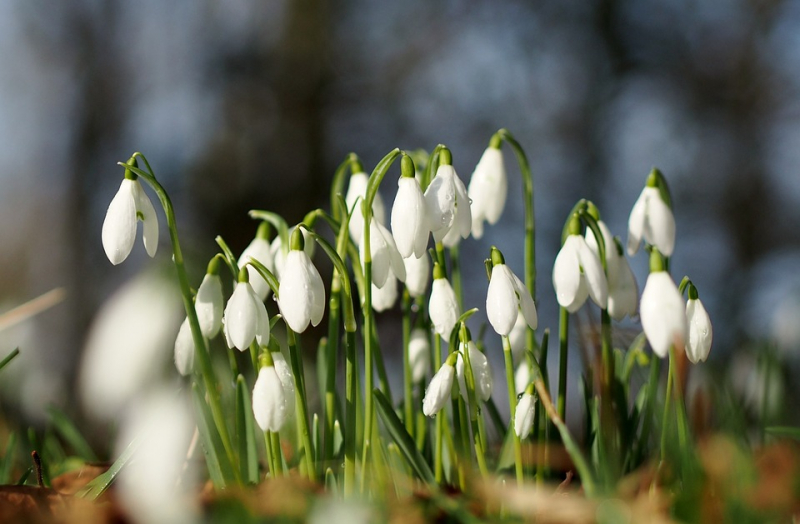
Photo by PandaBearPhotographyWales on Pixabay 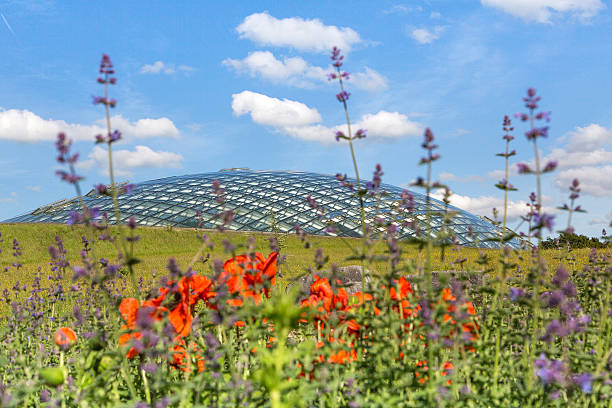
Photo by digby801 on Pixabay











